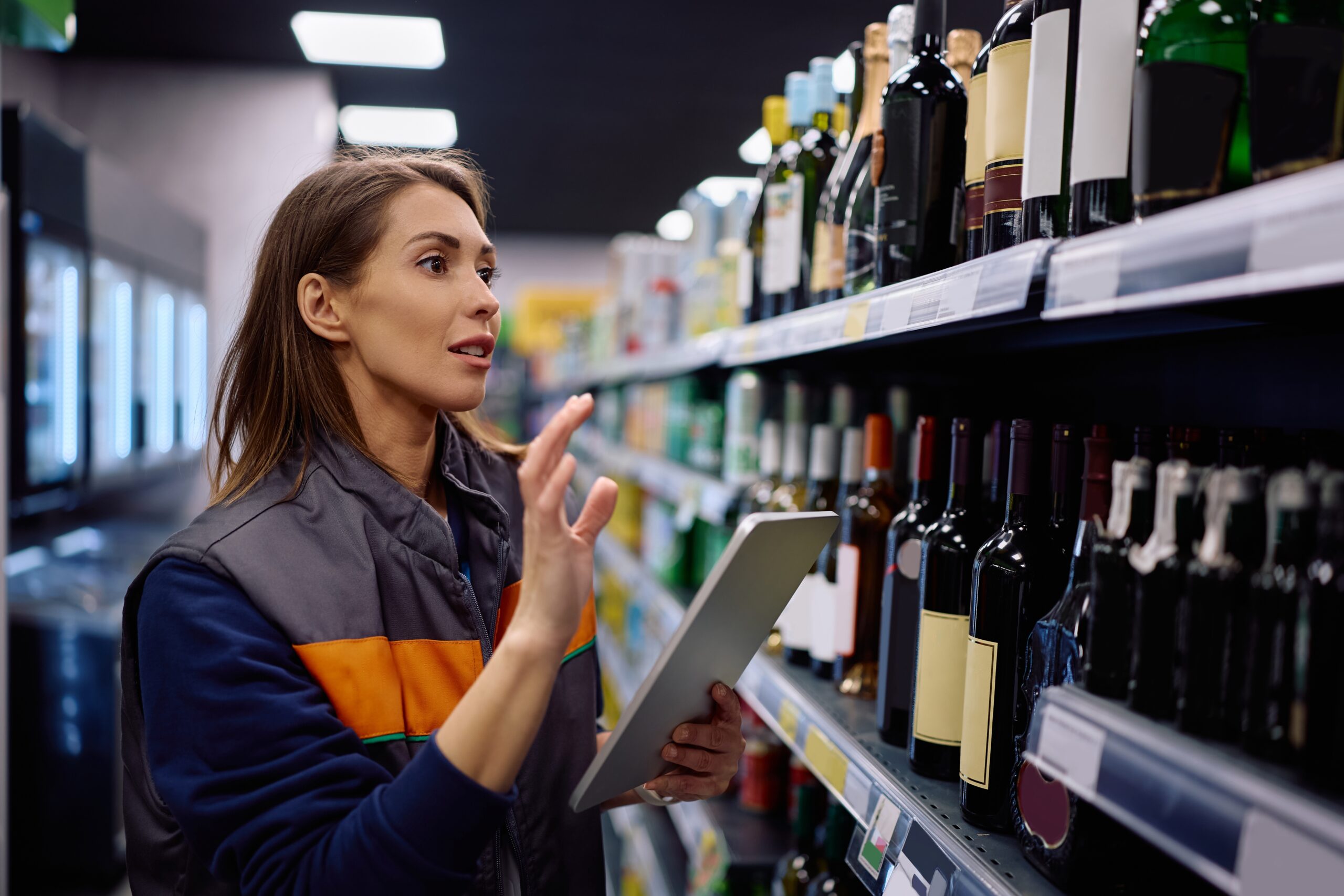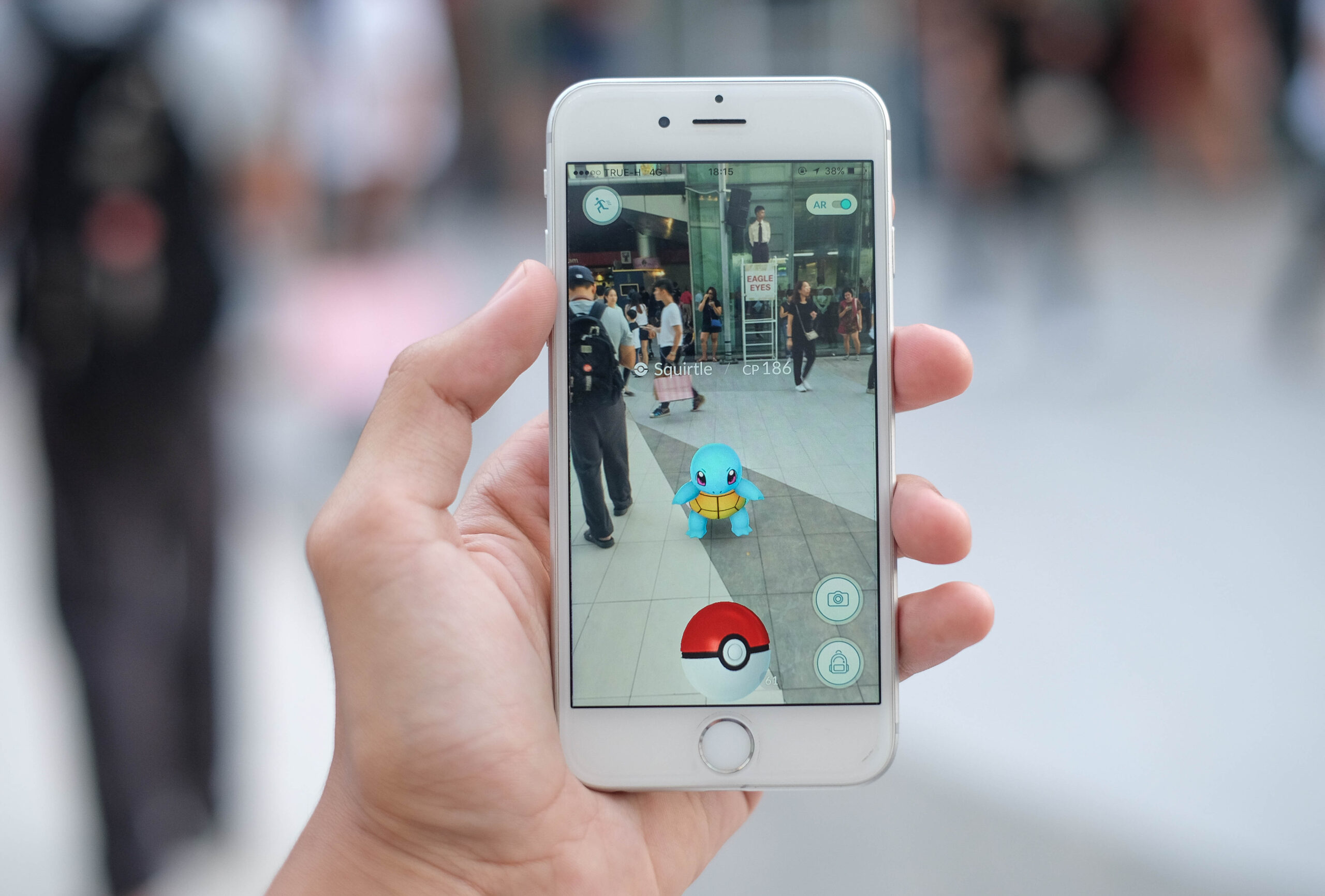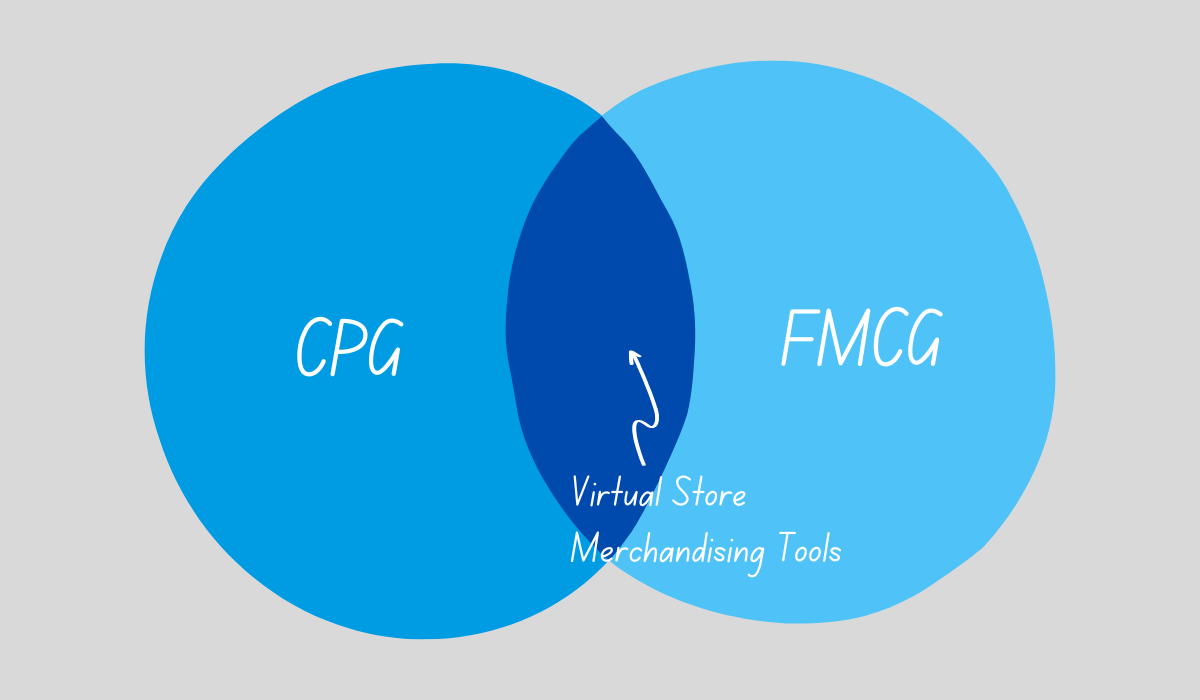In the retail industry, much of the marketing efforts are focused on the shopper journey. Marketing managers and brand executives spend time and resources mapping out the shopper journey in order to understand what consumers want, using that insight to put the best retail concepts into practice. However, the shopper journey, much like the retail industry as a whole, has gone through no small number of changes throughout the years, including tech advancement and changing consumer habits. As times change, so do the tools we use to connect us to consumers. Virtual reality simulation is one such tool that can give marketers a better understanding of the shopper journey than ever before.
What is the Shopper Journey?
The shopper journey covers the entire experience a customer has when coming into contact with your brand or store. This includes the path to purchase–a detailed look at each touch point leading to a customer purchasing a product.
Shopper journeys are influenced by other factors that retailers and brands control, such as signage, promotions, category layout, aisle organization, etc. All these factors have an impact on where a customer goes and what they do, which is why it’s important to learn how things like a new store concept, shelf arrangement, or product design will impact a shopper journey.

Pre-Store Shopper Journey
The shopping journey often begins before a customer even walks into a store, with omnichannel marketing. Their existing knowledge acquired through past experiences, their own research, and product preference set shoppers down a path. Especially with the growing influence of digital ads, and e-commerce apps, shoppers are thinking a lot about what products they want before they set foot in your store.
In-Store Shopper Journey
From each touchpoint to the eventual point of purchase, every phase of the in-store shopper journey has a rhyme and reason. Different factors influence what the journey looks like, and experts in retail merchandising do their best to understand those differences. Journey mapping includes not only what products customers gravitate towards, it looks at the reason behind every turn down every aisle.
Recent Changes in the Shopper Journey
The traditional shopper journey, as well as how we evaluate it, has changed over the years. As the way consumers navigate stores continues to change, the retail industry must develop more advanced marketing methods. Let’s take a look at some of those changes.
- Due to the Covid-19 pandemic, the frequency of an in-store shopper journey occurring at all is decreasing. People are making fewer trips and are shopping less frequently. This is largely a result of the dramatic increase in ecommerce (20% of groceries will be purchased online in 2025).
- In tandem, social media activity is increasing. (digital ads are more prevalent than ever before). Shoppers tend to be more decisive when they walk into the store because they already have information about what products they are looking for based on ads and online research. Today, more shoppers are also using mobile devices to research products while in-store.
What are VR Simulations in Retail?
The world of retail may not be the first thing most people associate with virtual reality technology. However, VR software has been applied successfully in the retail space for years because it eliminates the need for expensive brick-and-mortar test stores to map out the shopper journey. Instead, this technology leverages immersive 3D simulations of retail stores in order to visualize the consumer journey. Our solution, ShopperMX, is a VR software platform that enables virtual testing through in-store visualization.
For example, imagine a CPG brand (let’s say a cereal brand) wants to re-evaluate its shelf arrangement strategy to determine if a different configuration could increase profitability. The cereal brand’s shelf arrangement impacts the shopper journey because certain layouts may or may not catch the eye of a shopper. By testing new concepts with a virtual reality simulation, the brand can compare the impact of multiple shelf arrangement strategies and have their decision making based on real data.
We’ve found that VR research results have a .96 correlation with in-store behaviors, which means that this method of store testing is accurately predictive of what shoppers actually do in stores. Because VR testing can reach thousands of shoppers in their homes, the abundance of both quantitative and qualitative data results in a positive correlation and an ultra-realistic look at shopper behavior.
VR Simulation Insights into the Shopper Journey
With VR simulations, marketing strategists are able to dig deeper into shopper insights with data. You’re able to test new products and concepts, or even take a comprehensive look at your customer experience throughout the average path to purchase.
- Shopper Path: Visualize in detail what routes shoppers take while they navigate a store. What are the stopping points along the path where shoppers look at a product or category?
- Shopper Behavior and Attitude: Evaluate the “why” aspect of the shopper journey. What factors are influencing where the path goes and what shopper choose to stop for? How does your current retail planning layout and messaging influence their attitude towards a product? Which merchandising techniques impact shopper behavior, and in what way?
- Findability: Test how easy or difficult it is to find a product by measuring the time it takes shoppers to locate it within a virtual simulation. You can also look at a product’s findability in comparison to other competing products. These virtual simulations provide valuable insight into what shelf arrangement changes would optimize a brand’s ability to be found.
- Noticeability to Conversion: How do you know if shoppers’ eyes are drawn to your products during the customer journey? If you’re testing a new product or new product packaging, track noticeability of your product with eye tracking technology. What is the pick-up-rate? In other words, how likely are they to buy your product once it catches their eye? These shopper journey insights help you measure the potential success of your new product or store concept.
Why is Shopper Journey Insight Valuable?
Why is it important to understand the behavior and process that consumers go through in retail spaces on such a detailed level? The insights gained from VR simulations make a difference in building a more informed marketing strategy. When you know more about your specific shopper journey, you don’t have to waste resources on guesswork. You also don’t have to waste resources on store planning strategies that don’t work.
Once you learn about what impacts your shopper journey, you’re free to tweak, adjust, or completely overhaul marketing strategies for better outcomes. Use that insight to cater to what today’s shoppers need. Data from VR simulations informs the process of designing a better shopper experience and allows decision makers to continually adjust to changing shopper behaviors and habits.
You don’t have to take our word for it. Others in the consumer goods industry have been leveraging virtual reality simulations to their advantage for years.
In one real-world example, a retailer used our virtualization tools to uncover consumer behavior insights regarding how shoppers navigate an aisle in their stores. Specifically, they wanted to evaluate how a new seasonal display impacted shopper behavior. They learned that less than half of the shoppers visiting the holiday display entered the aisle, but those who did enter made additional purchases. As a result, they were able to refine their seasonal display strategy, saving significant time and money.
Get Started Today with InContext Solutions
If you are a retailer or CPG brand considering an investment in a virtual reality simulation solution, contact InContext Solutions. Our experts will get you started on implementing VR software to extract better insights regarding the shopper journey.





